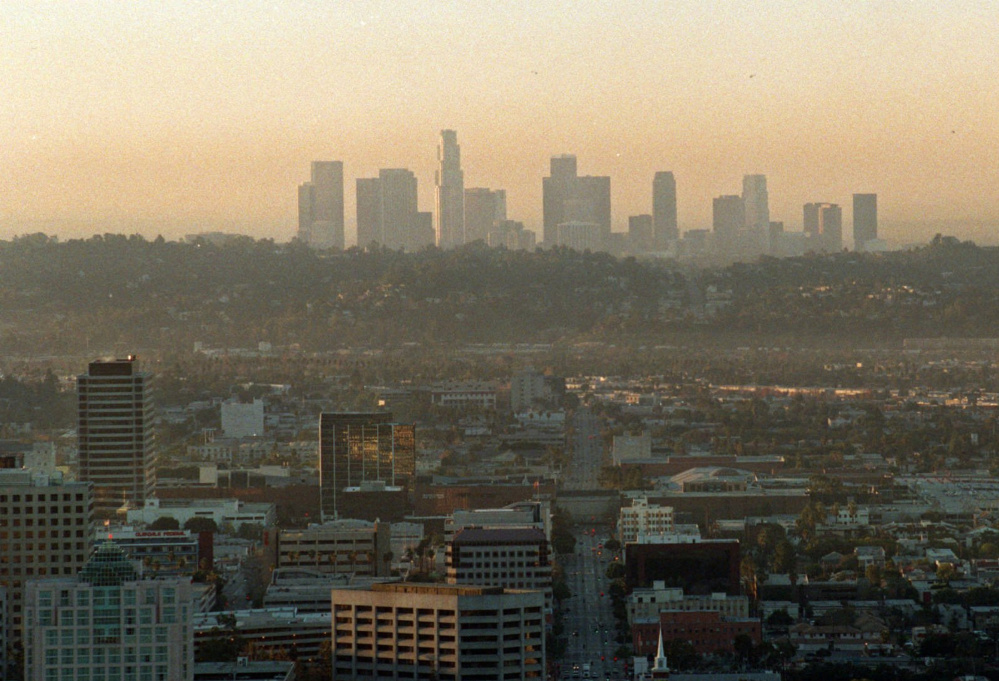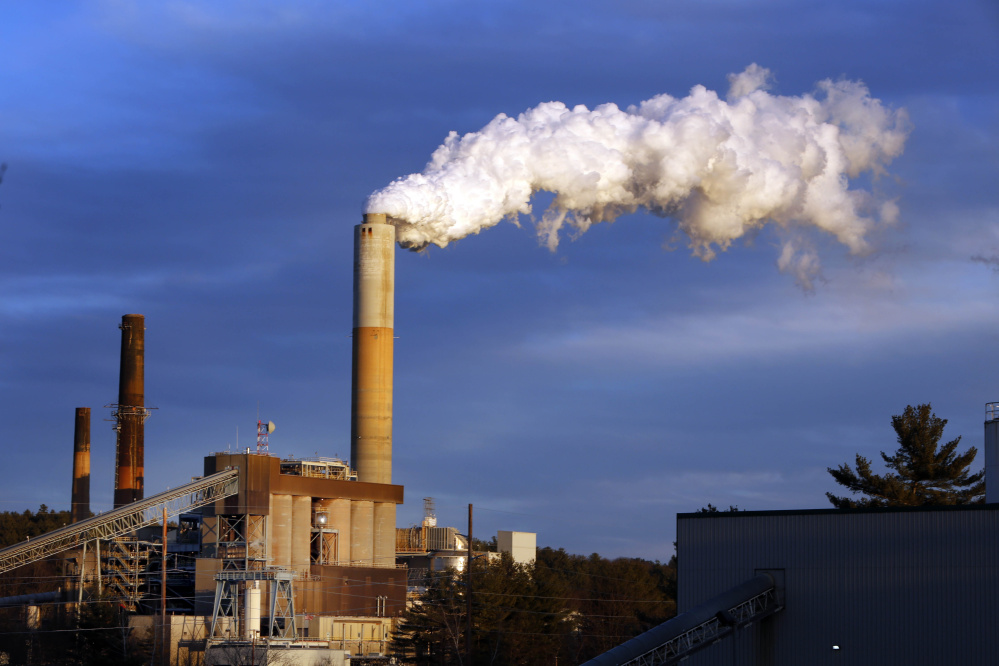WASHINGTON — The Environmental Protection Agency tightened limits on smog-related pollution Thursday, but the new standard falls far short of what environmentalists and public health experts had recommended.
The new threshold for ground-level ozone, which forms when emissions from power plants, other industrial facilities, vehicles and landfills react in sunlight, will be lowered from its current level of 75 parts per billion to 70. EPA’s scientific advisory committee had recommended the agency set the new level somewhere between 60 and 70 ppb.
The issue of how to regulate smog, which can cause or aggravate health problems such as asthma and heart disease and is a suspect in premature death, has been a contentious one for decades. While the determination is supposed to be made solely on scientific concerns rather than economic ones, any lowered limit carries enormous economic consequences for states and cities across the nation. Communities that consistently fail to meet the standard could eventually face restrictions on certain kinds of industrial development.
Dr. Marguerite Pennoyer, a physician from Scarborough and member of the board of the American Lung Association in Maine, said the organization supports the tighter standard and looks forward to the improvements it should bring in public health, especially among people who suffer from asthma or other respiratory conditions.
“Now we need our delegation in Congress to do their part and defend the Clean Air Act against any attacks that would block, weaken or delay these benefits,” she said. “Maine families and communities deserve nothing less.”
But groups such as the American Lung Association had pushed for a much tougher standard. In June 2014, EPA’s group of independent science advisers, the Clean Air Science Advisory Committee, had said the most vulnerable groups might still suffer adverse consequences under a limit of 70 ppb.
The committee “advises that, based on the scientific evidence, a level of 70 ppb provides little margin of safety for the protection of public health, particularly for sensitive subpopulations,” it wrote.
American Lung Association president and CEO Harold P. Wimmer said that “while the updated standard is a step in the right direction,” setting it at 70 “simply does not reflect what the science shows is necessary to truly protect public health.”
Copy the Story LinkSend questions/comments to the editors.




Success. Please wait for the page to reload. If the page does not reload within 5 seconds, please refresh the page.
Enter your email and password to access comments.
Hi, to comment on stories you must . This profile is in addition to your subscription and website login.
Already have a commenting profile? .
Invalid username/password.
Please check your email to confirm and complete your registration.
Only subscribers are eligible to post comments. Please subscribe or login first for digital access. Here’s why.
Use the form below to reset your password. When you've submitted your account email, we will send an email with a reset code.